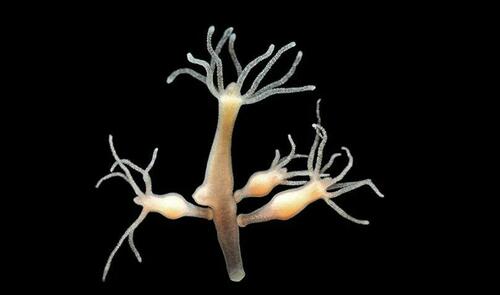


Key Points:
In a discovery that may have profound impacts on aging, scientists in Beijing have taken a dramatic step toward what once seemed impossible: making old animals biologically young again. The study was published last month in the journal Cell.
By fortifying human stem cells with a gene long linked to longevity, they rejuvenated aged monkeys - improving memory, protecting bones, calming inflammation, and restoring youthful activity across dozens of organs.
The work, while still in animals, is among the most compelling demonstrations yet that aging in primates might be reversible.
At the heart of the study are mesenchymal progenitor cells (MPCs) - a type of stem-like cell found in bone marrow and connective tissues. These cells act as the body’s maintenance crew, capable of turning into bone, cartilage, fat, and muscle cells, while also secreting factors that help nearby tissues repair themselves.
But like all cells, MPCs age with us and eventually succumb to senescence a state of permanent retirement. Senescent cells don’t divide anymore. Worse, they pump out inflammatory molecules, scar tissue signals, and other “toxic chatter” that accelerate aging in neighboring cells. In effect, senescent cells spread decline.
To overcome this exhaustion, researchers turned to FoxO3, a protein known as a longevity gene regulator. In healthy young cells, FoxO3 acts like a switchboard operator, turning on DNA repair pathways, antioxidant defenses, and stress-resistance programs. In older cells, FoxO3 activity wanes - leaving them vulnerable to damage.
Hydra, a freshwater organism capable of regenerating indefinitely, rely heavily on FoxO to keep their stem cells active. Humans share this same protein, and genetic studies link variants of FOXO3 to exceptional longevity in people.
The Chinese Academy of Sciences team genetically engineered MPCs so that FoxO3 would stay permanently active inside the nucleus, constantly flipping on protective genes.
The researchers engineered senescence-resistant cells - "SRCs" - by altering genes that control DNA repair, stress resistance, and mitochondrial function. These fortified cells were then transplanted into elderly macaques whose age roughly corresponds to a human in their 60s or 70s.
They found that SRC treatment mitigated age-related brain shrinkage, and rejuvenated multiple organs and tissues.
Put simply: MPCs provided the hardware - the body’s natural repair crew - while FoxO3 was the software upgrade that made them resistant to aging.
The results were striking:
As one of the lead scientists, Si Wang, put it: "We see evidence of rejuvenation."
Most anti-aging strategies tested so far - from rapamycin to fasting mimics - have worked primarily in rodents. Translating those gains to primates, with their longer lifespans and complex physiology, has been an elusive goal.
This study is different. By showing functional rejuvenation in macaques, it bridges the gap between mouse biology and human potential. The findings suggest that aging is not simply the result of passive wear and tear but is, at least partly, programmable and reversible.
If similar approaches work in people, SRCs could one day treat not just osteoporosis or memory decline, but the broader syndrome of aging itself.
Experts stress that while the results are promising, translation to humans is far from assured. Questions loom:
“This is a milestone, but we must not leap to human immortality headlines,” said an independent gerontology expert. “What it shows is that systemic aging in primates can be modulated — that is profound enough.”
For now, the macaques remain under study, their bodies whispering signals of youth from transplanted cells. But the implications are profound: if scientists can replenish the body’s repair machinery with cells designed to resist aging, medicine might shift from treating diseases one by one to addressing their common root.
That vision - once dismissed as science fiction - is now edging closer to scientific fact.


